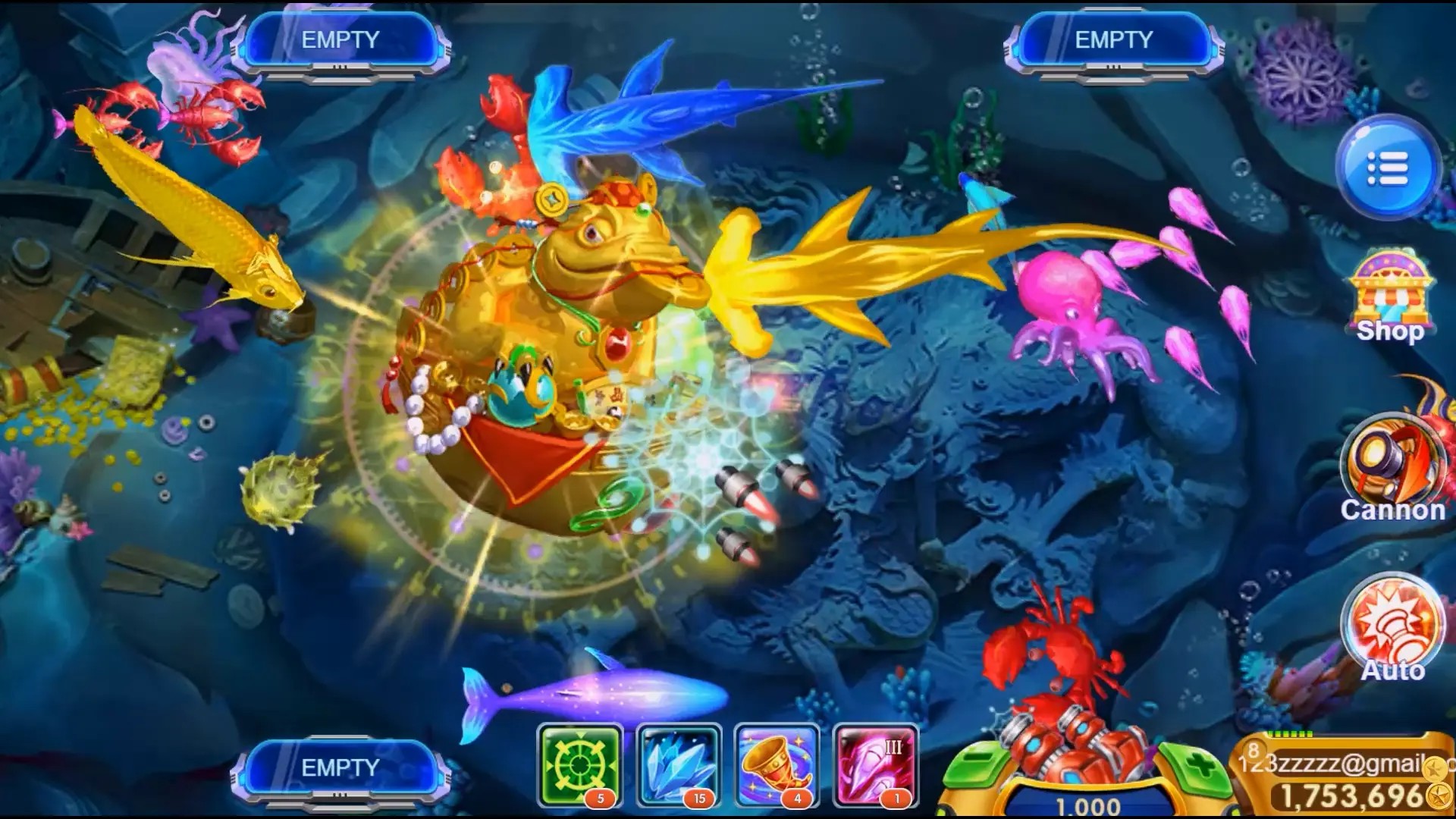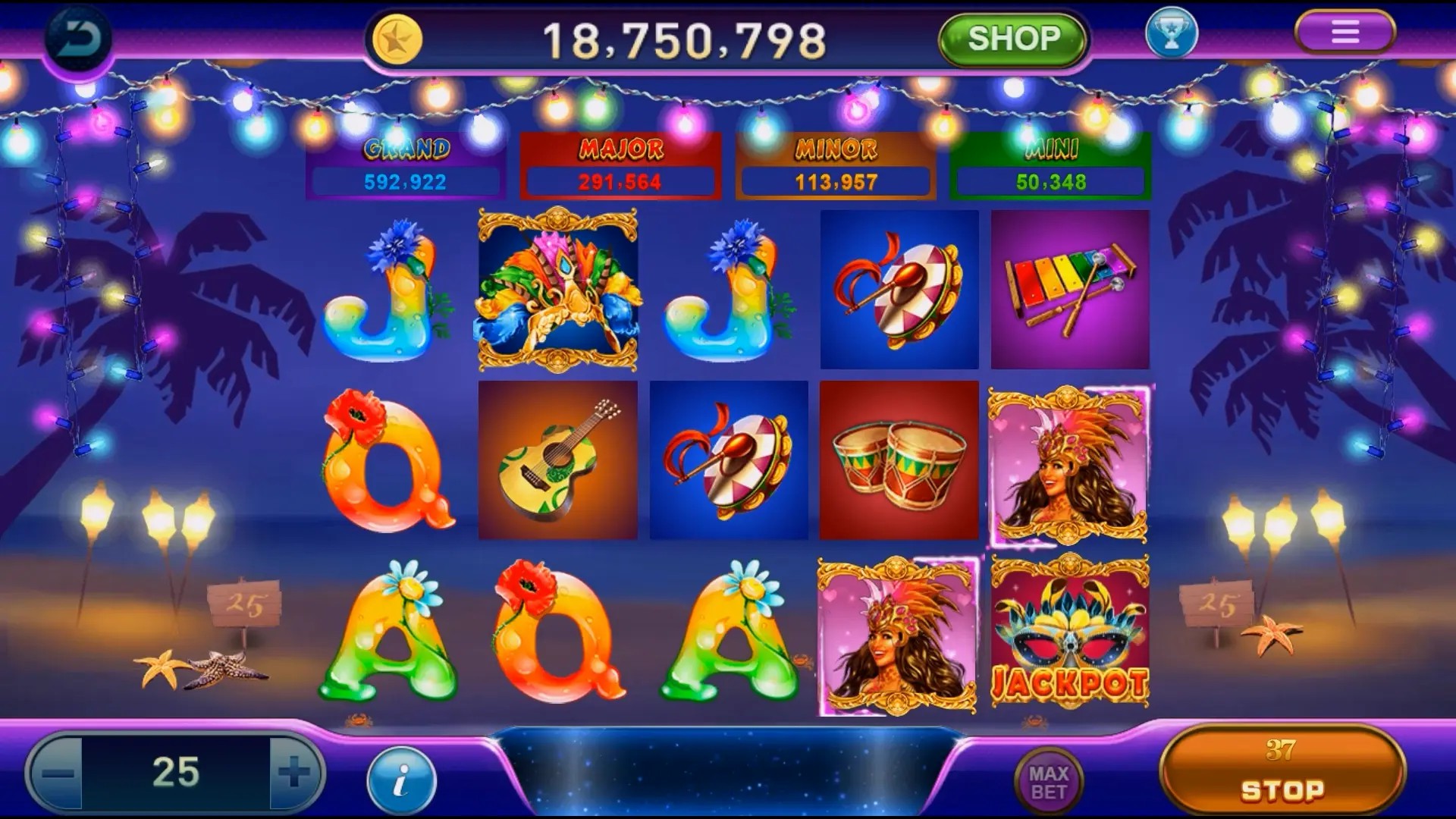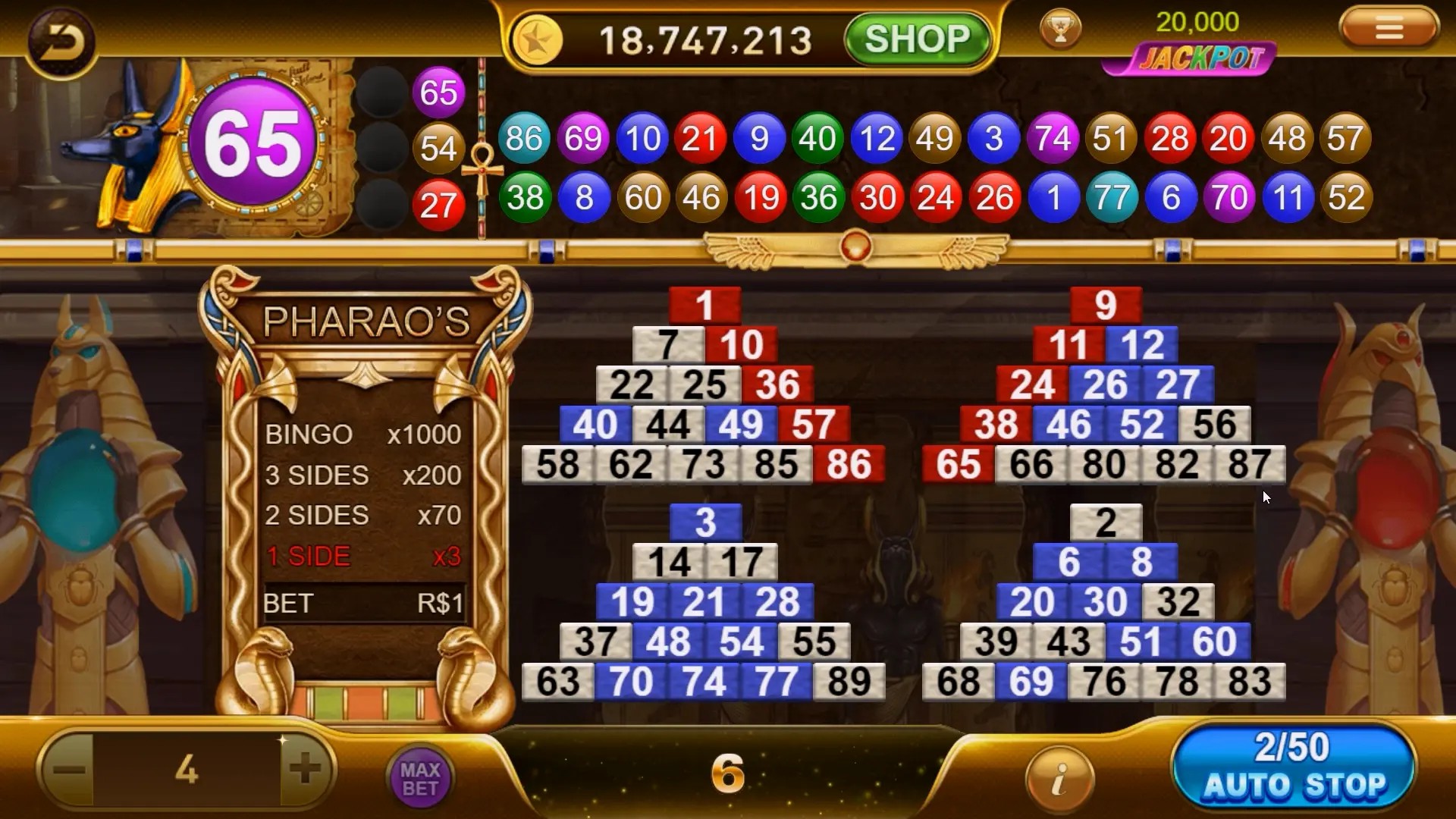From Clicker Games to Immersive Simulation: How Casual Gaming Evolved in the Digital Age
The gaming landscape has undergone a profound transformation in recent years. Casual games, once dominated by simple mechanics like clicker games, have evolved into immersive simulations that can transport players into entirely new worlds. This evolution presents an exciting journey for gamers, developers, and industry watchers alike.
The Rise of Clicker Games
Clicker games, often considered the gateway for casual gamers, have their origins in simplistic mechanics that reward repeated actions. Games like "Cookie Clicker" and "Adventure Capitalist" have made their mark by allowing players to engage in seemingly mindless clicking while progressively achieving goals.
Understanding Casual Gaming
Casual gaming caters to a wide audience, encouraging both new and experienced gamers to dive in without the steep learning curves associated with traditional console or PC games. The charm lies in accessibility and straightforward gameplay.
Immersion in Gaming: The New Frontier
As technology advanced, the gaming industry saw a surge in the demand for immersive experiences. Many developers began to blend casual mechanics with intricate storytelling and stunning graphics to captivate gamers. This shift also coincided with the rise of mobile gaming.
Mobile Gaming: Compact and Captivating
Smartphones have democratized gaming. With applications like "EA Sports FC Descargar," players can enjoy dynamic, engaging gameplay wherever they are. The accessibility of these titles has helped shape the gaming culture, making it an integral part of everyday life.
The Evolution of Simulation Games
Simulation games present players with opportunities to manage virtual environments or scenarios. From farming in "Stardew Valley" to managing cities in "SimCity," these games allow for creativity and strategic planning. The genre is thriving, with new elements continuously integrated to enhance player experiences.
Casual Games Meet Simulation
As casual gaming evolves, we see more titles combining clicker mechanics with simulation. Such games provide simple engagement paired with deeper game mechanics, attracting a broader demographic of players.
Potato in Video Games: A Fun Reference
Interestingly, the representation of the mundane, like potatoes, in video games has become a comedic relief and a symbol of whimsy. This quirky element may seem trivial but helps humanize characters and create unforgettable moments within gameplay.
Key Features of Modern Casual Simulation Games
- Accessibility: Easy to pick up and play.
- Engagement: Mechanics that keep players coming back for more.
- Storytelling: Rich narratives that resonate with players.
- Visual Appeal: Stunning graphics that enhance immersion.
The Impact of Social Media on Gaming
Social media platforms have become essential in promoting casual games. Players share their achievements, strategies, and tips, creating a community around these experiences. The sharing culture adds an extra layer of involvement that resonates with many gamers.
Exploring New Genres: The Sandbox Effect
Games that operate within a sandbox environment allow for unparalleled creative freedom. Titles like "Minecraft" and "Roblox" break the mold, letting players shape their own experiences from the ground up. The potential for personal touch in casual gaming is more significant than ever.
Monetization in Casual Games
As gaming evolves, so does the monetization strategy. Freemium models, where players can access the game for free but must pay for additional features, have become popular. A good example of this is "EA Sports FC Descargar," which showcases how monetization can complement gameplay without compromising user satisfaction.
The Future of Casual Gaming
With the continuous advancements in technology, the future of casual gaming looks bright. Developers are already experimenting with virtual reality, augmented reality, and AI-driven narratives to create experiences previously thought impossible.
A Survey of Casual Gamers
| Age Group | Favorite Game Type | Hours Spent Weekly |
|---|---|---|
| 18-25 | Simulation | 10-15 |
| 26-35 | Clicker | 8-12 |
| 36-45 | Mobile Games | 5-10 |
| 46+ | Puzzle | 3-7 |
Key Takeaways
To sum up, the evolution from clicker games to immersive simulations has not only reshaped casual gaming, but it has also expanded the audience and the creativity involved in game development. As technology continues to evolve, so too will the experiences offered to players, reminding us that gaming, in all its forms, is just beginning to scratch the surface of what is possible.
Conclusion
Casual gaming is a thriving sector that continues to captivate audiences with innovative advancements. From humble clicker games to complex simulation experiences, there's something for everyone. As we embrace the digital age, the journey of gaming evolution inspires us to explore, create, and connect in ways we once thought impossible.



